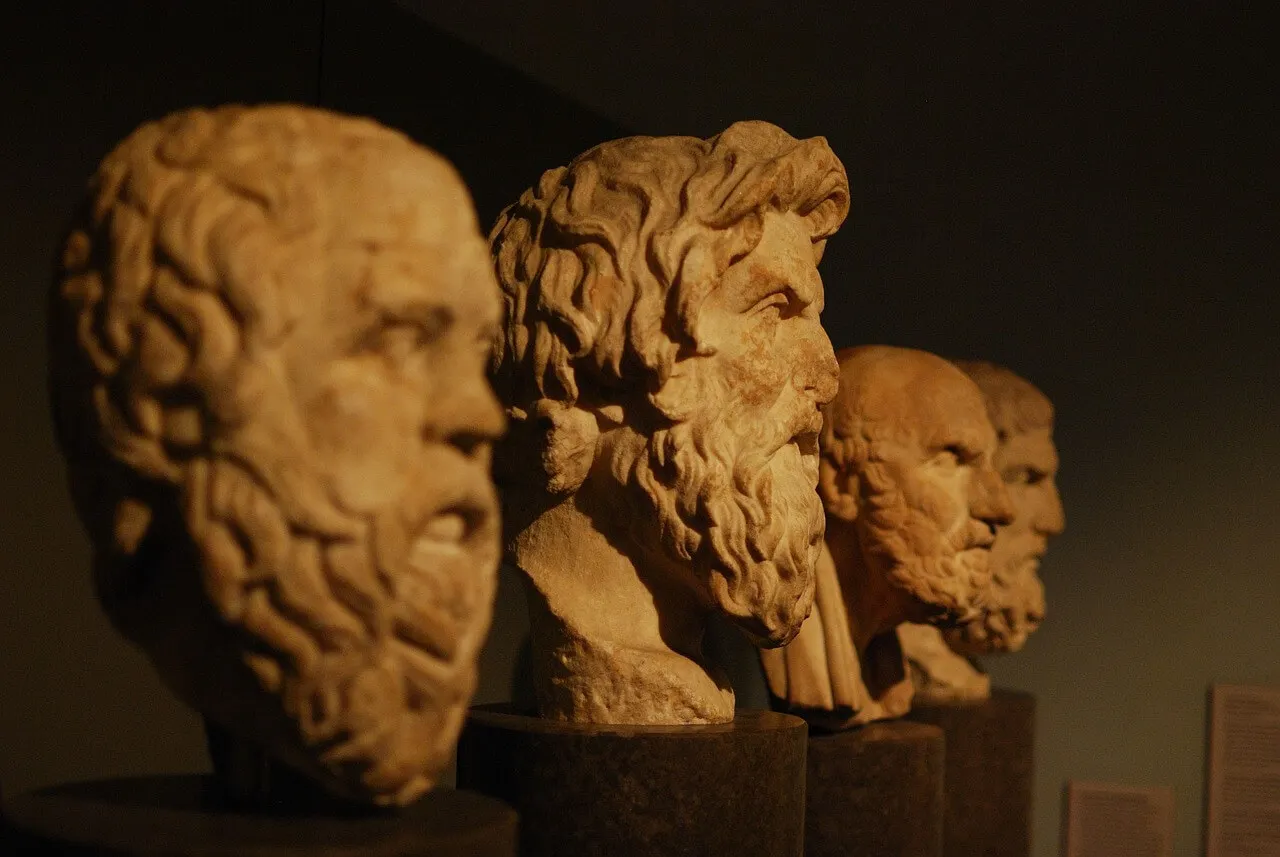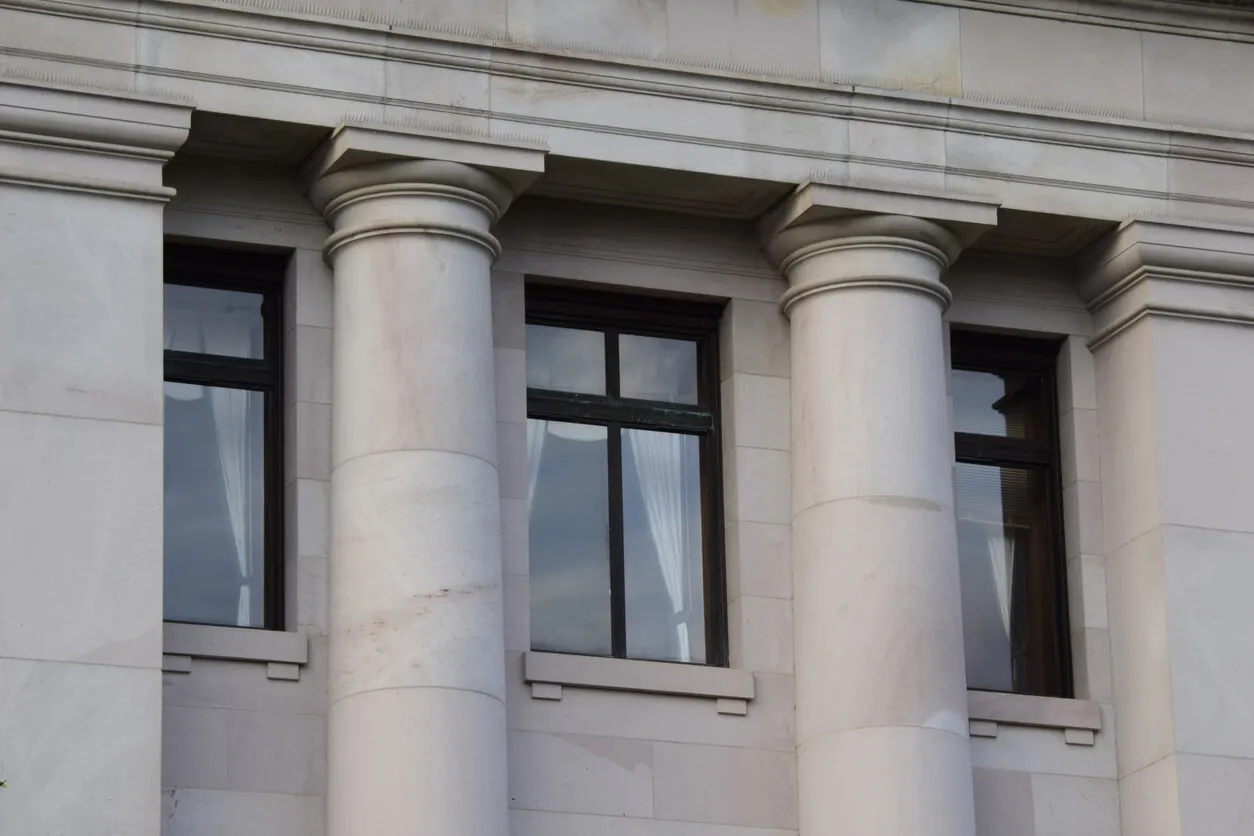Neoclassical Decoration Style: What Does This Style Involve?

There are many options in decorative trends that can transform your spaces according to your personal taste. There are retro aesthetics and other more modern ones. However, with the neoclassical decorating style, it’s possible to achieve sophisticated and elegant spaces.
Furniture reminiscent of ancient Greece and Rome, decorative details with simple lines, and shapes or ornaments typical of the classical era… All of these elements work to establish a neoclassical decorating style, which emerged during the 18th century but has become very popular in the new millennium.
What is the neoclassical decorating style?
When the word neoclassical is mentioned, it’s common to link the term to an artistic category. Neoclassicism is, in essence, an artistic and literary movement that emerged during the 18th century to leave behind the forms of French Rococo. Like many other trends, it also influenced architecture and decoration.
Nowadays, the neoclassical decoration style is an option to decorate interiors with simple lines, antique furniture, and strong colors. The main idea is to generate elegant environments with moderate ornamentation, in which elements of the classical Greco-Roman era are incorporated.
Like other trends in interior decoration, the neoclassical style is built from the combination of different cultures. However, it implies the presence of some fundamental materials, such as marble or stone.
Implementing this trend in your home generates simple settings loaded with sophisticated decorations that achieve an attractive balance between the ancient and the modern.

Origins of the movement
A very important historical fact was key to beginning to popularize the neoclassical movement. It was the discovery of two ancient Roman cities: Pompeii and Herculaneum, which were left uninhabited after the eruption of the Vesuvius volcano in 79 A.D. The discovery of the ruins is attributed to the Spanish engineer and military engineer Roque Joaquín de Alcubierre Morales, in the middle of the 18th century.
Beyond the historical event, the discovery enhanced the love of Europe in that century for the classical Greco-Roman style. It’s a taste that was evidenced in the neoclassical artistic trend, arising from the archaeological ruins and the opening of Greece to travelers.
These facts were complemented by the more purist details of the style, already incorporated in the nineteenth century. Simple lines and proportionate structures are the main contributions that ended up shaping neoclassical decoration.
We think you may also enjoy reading this article: How to Integrate Vintage Wallpaper into Your Home Decoration
The key features of the neoclassical decoration style
Achieving an interior design in keeping with the style is possible through the incorporation of appropriate colors, furniture, and ornaments. The elegant neoclassical setting isn’t very challenging to implement, but it does require specific ornamentation and the presence of materials such as stone, wood, or marble.
Furniture
There are a number of furnishings that work well to suit the style. It’s important that the materials are marble and pine or oak wood. Meanwhile, the design should be simple and with Greco-Roman details.
Some examples that can be used are circular or semicircular tables, chairs with scissor legs, and stools or concave seats. Roman divan-shaped beds or armchairs also work well.
Colors
One of the most important aspects of a decorative style is the color palette. In the case of neoclassicism, neutral tones predominate, associated with white, gray, or beige.
They bring serenity and elegance to the space. To achieve an atmosphere more in line with the trend, they should be combined with strong colors in the details, such as red, gold, or purple.
Walls in the neoclassical decoration style
On the walls, beyond the colors, the application of decorative paper is recommended. It’s possible to incorporate motifs, prints, and colors of the Greco-Roman era. For example, floral or damask prints work very well.
Of course, painting some walls with the color range of the trend is another effective option. However, perhaps the detail that most harkens back to ancient Greece and Rome are the columns and moldings.
If possible, adding them to a corner or wall creates the full feel of the neoclassical style. The stucco technique also fits with this trend.
Flooring
For a complete neoclassical decoration, it’s advisable to have marble or stone floors. Alternatively, granite is another material that can be used.
Accessories
In addition to large furniture and wall coverings, it’s also possible to decorate the style with accessories such as mirrors and curtains. The premise of the neoclassical style is to generate spaces with good luminosity. For that, some people use multi-layered curtains.
They should be long and fall to the floor while generating a contrasting effect. Another alternative is not to install curtains to allow more natural light to enter. Mirrors are elements that favor the lighting effect and can incorporate neoclassical finishes in the frames.

Neoclassical decorating style ornaments
In this decorative trend, ornamentation is a central aspect, as this is where references to classical antiquity can be incorporated the most. One of the best ways is by including marble statues or busts.
Alternatively, stone can also be used. These ornaments refer directly to the Greco-Roman era.
On the other hand, the following elements can also be incorporated:
- Chandeliers: This is a sophisticated and functional accessory, derived from the great chandeliers of medieval churches.
- Vases and ceramic objects were mainly used in ancient Greece. If you have space, you can incorporate an amphora.
- Printed fabrics: Among the Greco-Roman prints, you can find typical shapes and also references to warriors and the Olympics.
- Silverware: this is another utensil that adds elegance and harkens back to the neoclassical period.
- Pedestals: This type of stand can be used for various functions in the home. The shapes are directly reminiscent of Greek columns.
Like this article? You may also like to read: Cozy Decoration: What Is It and How Can I Implement It?
Adapting the classic to the modern
The neoclassical decorating style is a trend that incorporates elements of ancient Greek and Roman cultures but is combined with Renaissance details. It’s important to adapt the elements to modern accessories to achieve a sophisticated, balanced, and functional interior design.
All cited sources were thoroughly reviewed by our team to ensure their quality, reliability, currency, and validity. The bibliography of this article was considered reliable and of academic or scientific accuracy.
- OLIVARES CHÁVEZ, Carolina , Reseña de “El arte griego” de Alicia MONTEMAYOR GARCÍA . Nova Tellus [Internet]. 2003;21(2):241-245. Recuperado de: https://www.redalyc.org/articulo.oa?id=59114739015
- Ledesma Ibarra, Carlos Alfonso. “La Arquitectura Neoclásica En El Estado de México: Sus Inicios.” Revista Herencia 29.2 (2016). Disponible en: https://doi.org/10.15517/h.v29i2.27598
- Sesé Alegre, José María , LOS JUEGOS OLÍMPICOS DE LA ANTIGÜEDAD. Cultura, Ciencia y Deporte [Internet]. 2008;3(9):201-211. Recuperado de: https://www.redalyc.org/articulo.oa?id=163017542008
- Gómez Gil, Antonio Miguel, El estilo neocolonial español en España . Estudios del Hábitat [Internet]. 2019;17(2): . Recuperado de: https://www.redalyc.org/articulo.oa?id=636469087007
This text is provided for informational purposes only and does not replace consultation with a professional. If in doubt, consult your specialist.








